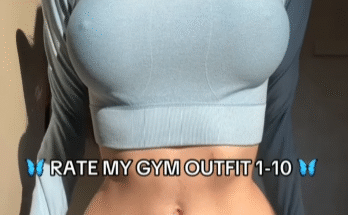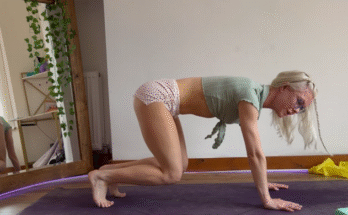Yoga is more than just an exercise routine; it is a holistic approach to mind-body wellness. Among the many styles of yoga, deep stretching yoga flow focuses on lengthening the muscles, releasing tension, and improving flexibility. Whether you are an experienced yogi or a beginner, integrating deep stretching yoga into your practice can enhance mobility, alleviate stress, and contribute to overall well-being.

What is Deep Stretching Yoga Flow?
Deep stretching yoga flow is a style of yoga that emphasizes prolonged holds and gentle movements to target deep connective tissues. Unlike more dynamic yoga styles like Vinyasa or Ashtanga, deep stretching focuses on sustained postures, allowing the muscles and fascia to relax and lengthen gradually. This type of practice is often associated with Yin Yoga, but it can be integrated into other styles to enhance flexibility and release built-up tension
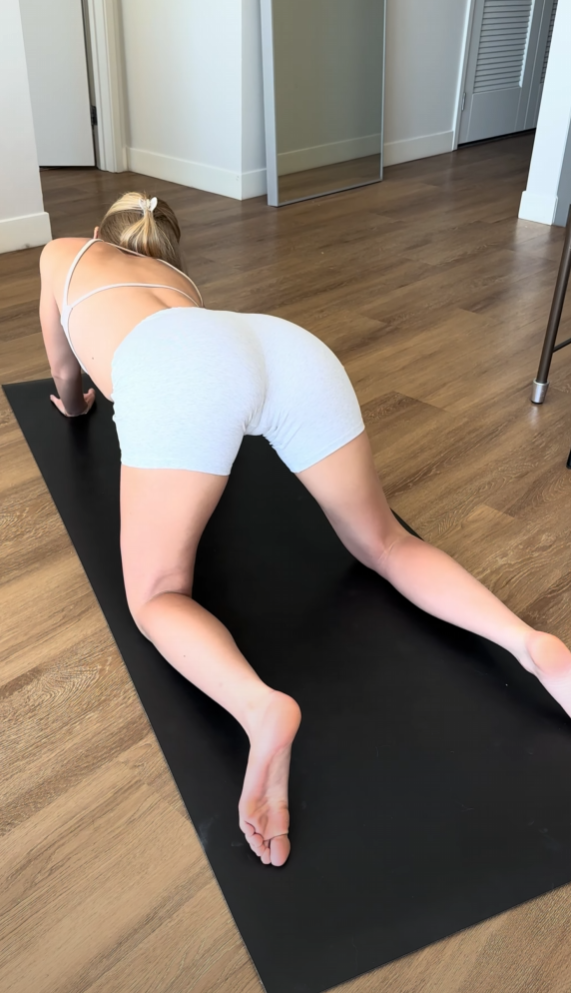
Benefits of Deep Stretching Yoga Flow
Deep stretching yoga flow offers numerous physical and mental benefits, making it an essential addition to any wellness routine.
- Improves Flexibility: Holding poses for an extended period encourages muscle elasticity and joint mobility.
- Enhances Circulation: Slow, mindful movements help increase blood flow, reducing stiffness and promoting healing.
- Relieves Stress and Anxiety: Deep stretches activate the parasympathetic nervous system, encouraging relaxation and reducing stress levels.
- Aids Recovery: Athletes and individuals recovering from injuries can benefit from deep stretching by reducing muscle tightness and improving range of motion.
- Encourages Mindfulness: The slow nature of deep stretching yoga flow allows practitioners to cultivate mindfulness and connect with their breath.
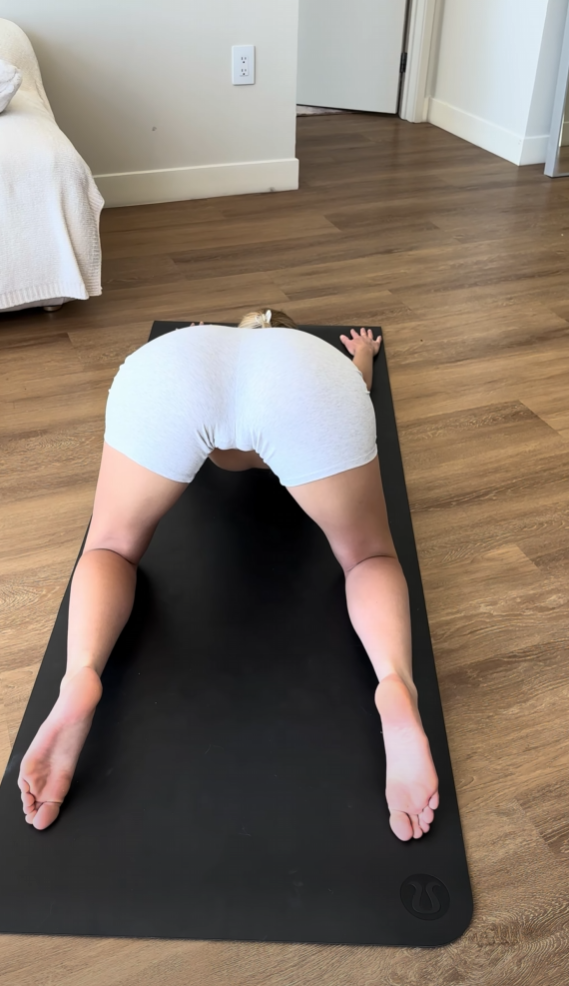
Essential Deep Stretching Yoga Poses
To experience the full benefits of deep stretching yoga flow, incorporate the following postures into your practice. Hold each pose for at least 30 seconds to 3 minutes, focusing on deep, steady breaths.
1. Child’s Pose (Balasana)
A gentle resting pose that stretches the lower back, hips, and thighs.
- Begin in a kneeling position with your toes together and knees apart.
- Extend your arms forward and rest your forehead on the mat.
- Breathe deeply, relaxing your shoulders and spine.
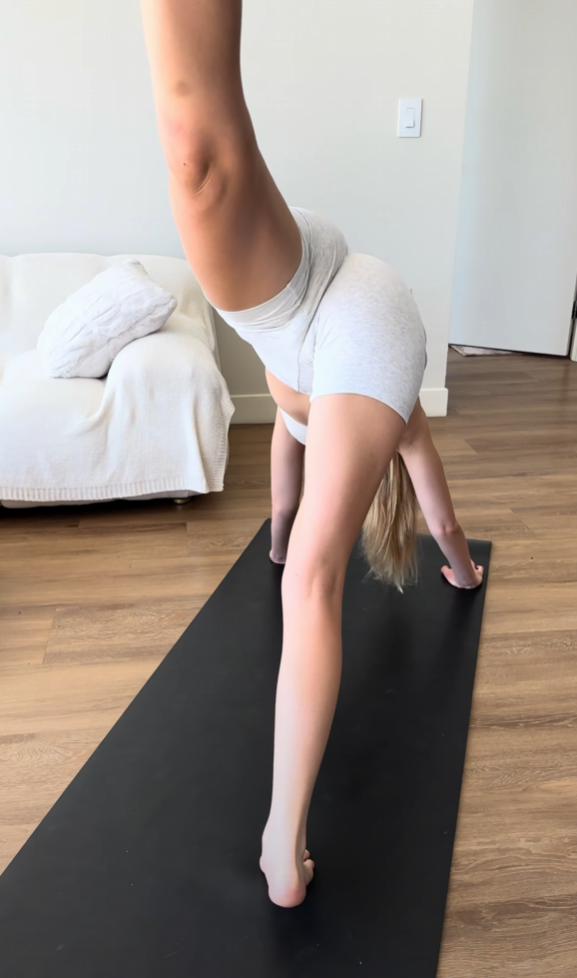
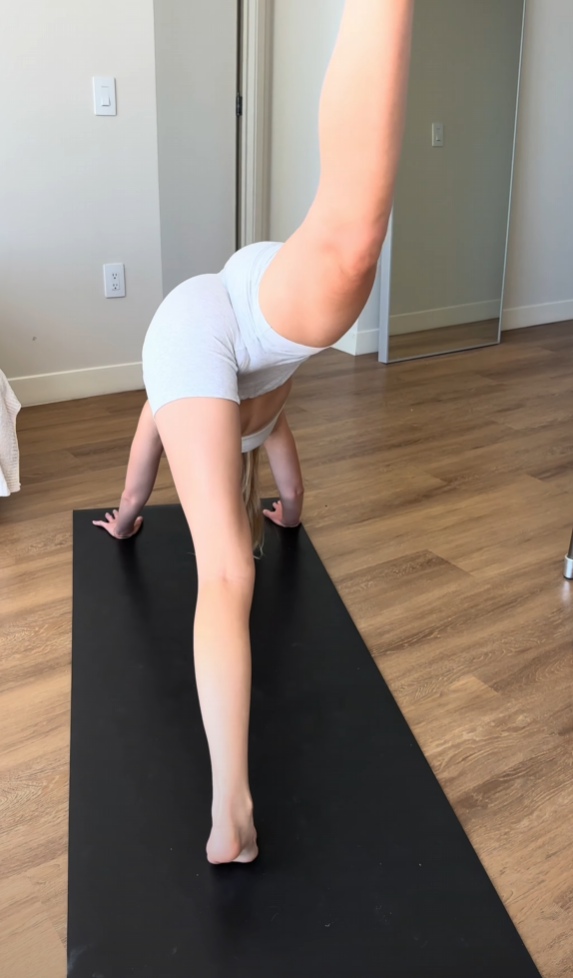
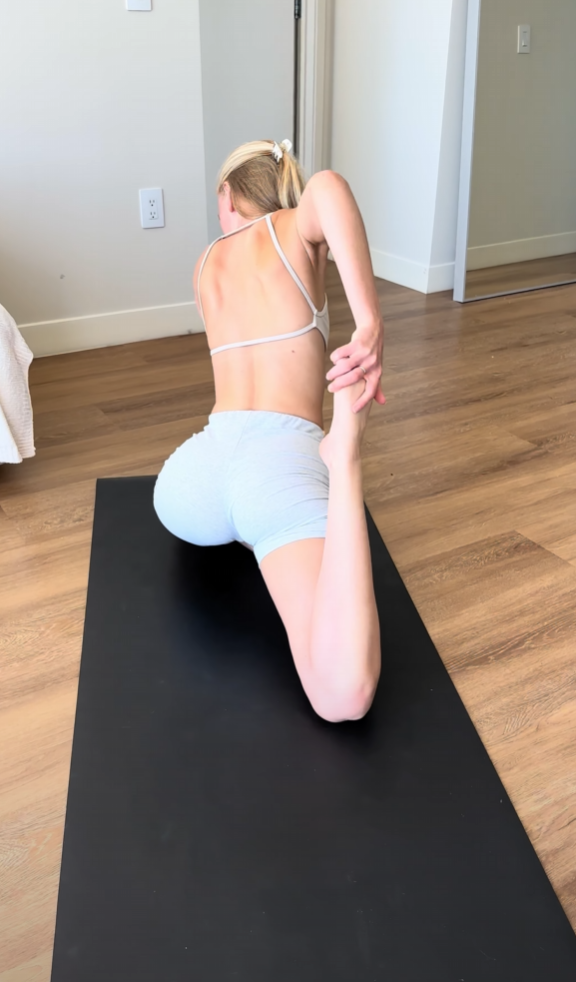
2. Downward-Facing Dog (Adho Mukha Svanasana)
A foundational pose that elongates the spine, hamstrings, and calves.
- Start on your hands and knees, then lift your hips toward the ceiling.
- Press your heels toward the floor while extending your arms forward.
- Keep your head between your arms and breathe deeply.
3. Seated Forward Fold (Paschimottanasana)
A deep stretch for the hamstrings and lower back.
- Sit with your legs extended straight in front of you.
- Hinge at your hips and reach for your feet, shins, or ankles.
- Keep your spine long and relax into the stretch.

4. Butterfly Pose (Baddha Konasana)
Opens the hips and groin, improving flexibility in the lower body.
- Sit with your feet together and knees bent outward.
- Hold your feet and gently press your knees toward the floor.
- Sit tall and breathe deeply.
5. Pigeon Pose (Eka Pada Rajakapotasana)
An excellent hip opener that also stretches the glutes and lower back.
- Begin in a tabletop position and bring one knee forward, placing it behind your hands.
- Extend the opposite leg straight back and lower your hips.
- Fold forward over your front leg for a deeper stretch.
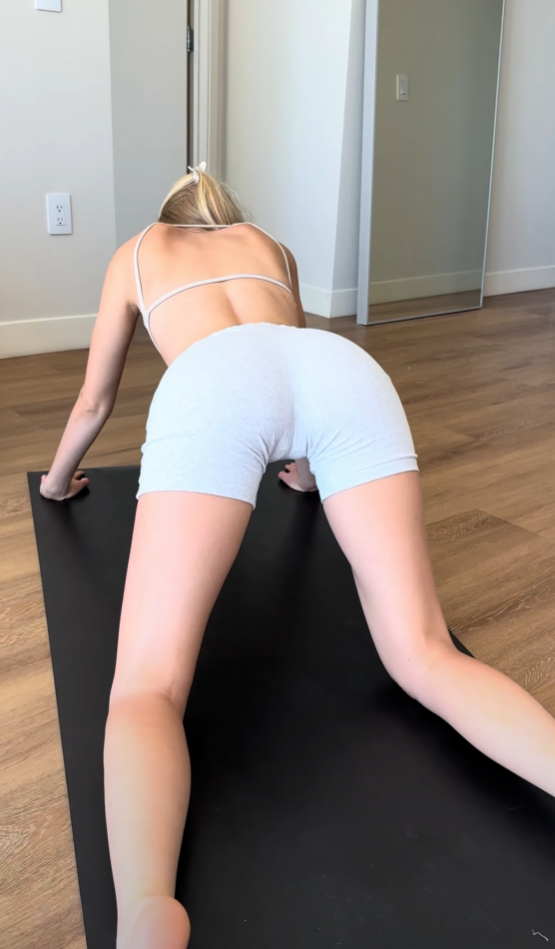
6. Reclining Twist (Supta Matsyendrasana)
A relaxing spinal twist that improves mobility and relieves tension.
- Lie on your back and bring one knee toward your chest.
- Cross it over your body while keeping your shoulders grounded.
- Extend the opposite arm and gaze in the opposite direction.
7. Legs-Up-The-Wall (Viparita Karani)
A restorative pose that relieves tired legs and promotes relaxation.
- Sit close to a wall and extend your legs upward.
- Rest your back on the mat and relax your arms by your sides.
- Breathe deeply and allow your body to relax.

Creating Your Deep Stretching Yoga Flow Routine
A well-rounded deep stretching yoga flow should incorporate poses that target different areas of the body. Below is a sample 30-minute routine:
- Child’s Pose – 2 minutes
- Downward-Facing Dog – 1 minute
- Seated Forward Fold – 3 minutes
- Butterfly Pose – 3 minutes
- Pigeon Pose (Right & Left) – 3 minutes per side
- Reclining Twist (Right & Left) – 2 minutes per side
- Legs-Up-The-Wall – 5 minutes
- Savasana (Corpse Pose) – 5 minutes
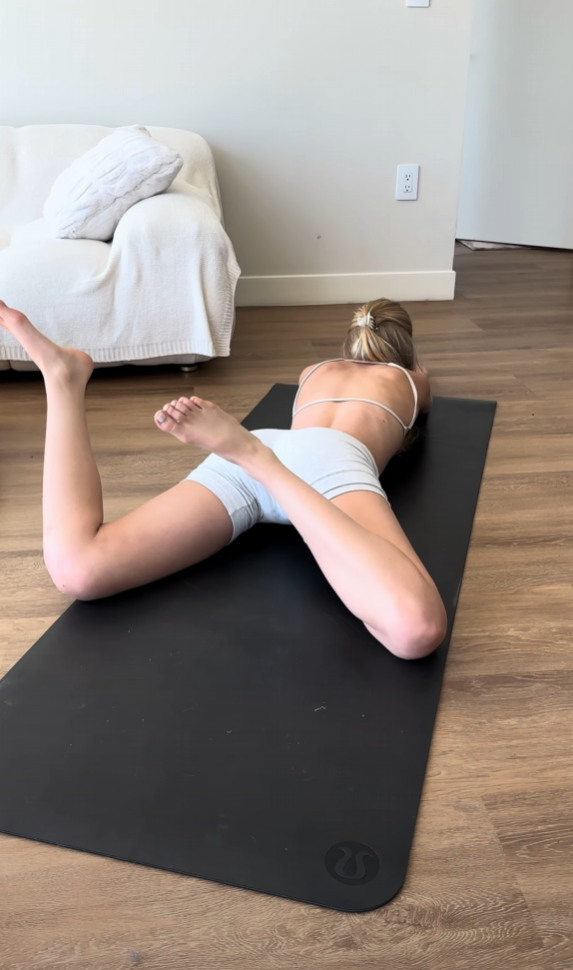
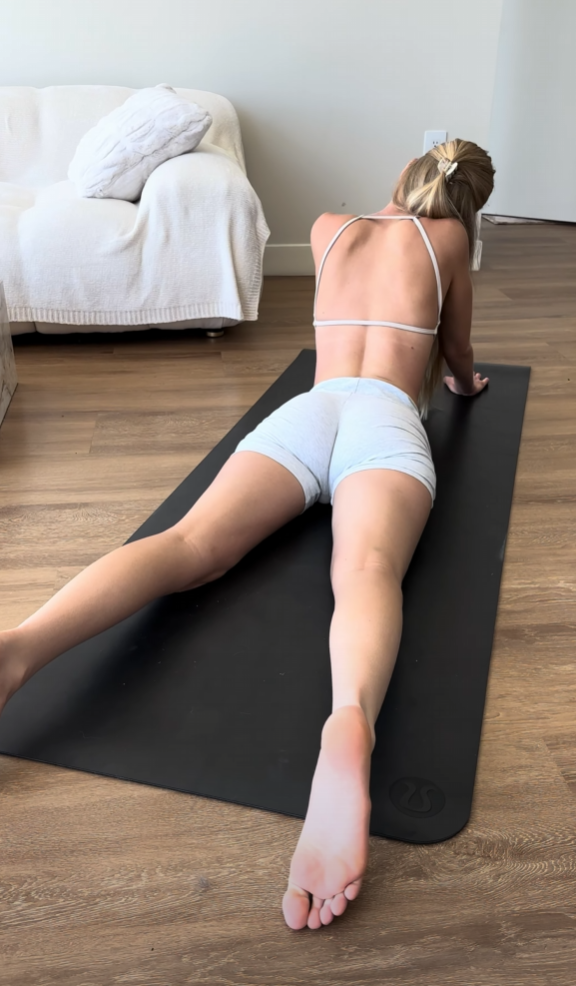
Tips for Practicing Deep Stretching Yoga Flow
- Focus on Your Breath: Deep breathing enhances relaxation and allows you to sink deeper into each stretch.
- Use Props if Needed: Blocks, bolsters, and straps can provide support and make poses more accessible.
- Be Patient: Flexibility improves over time; avoid forcing yourself into a stretch.
- Practice Consistently: Regular practice leads to better results and greater comfort in deep stretches.
- Listen to Your Body: Stretching should feel relieving, not painful. Adjust poses as needed.
Final Thoughts
Deep stretching yoga flow is an invaluable practice for anyone looking to enhance flexibility, reduce stress, and improve overall well-being. By dedicating time to slow, mindful movements, you can cultivate a greater connection with your body and enjoy the benefits of deep relaxation. Whether practiced as a standalone routine or as a complement to other forms of exercise, deep stretching yoga flow is a powerful tool for achieving physical and mental harmony.

